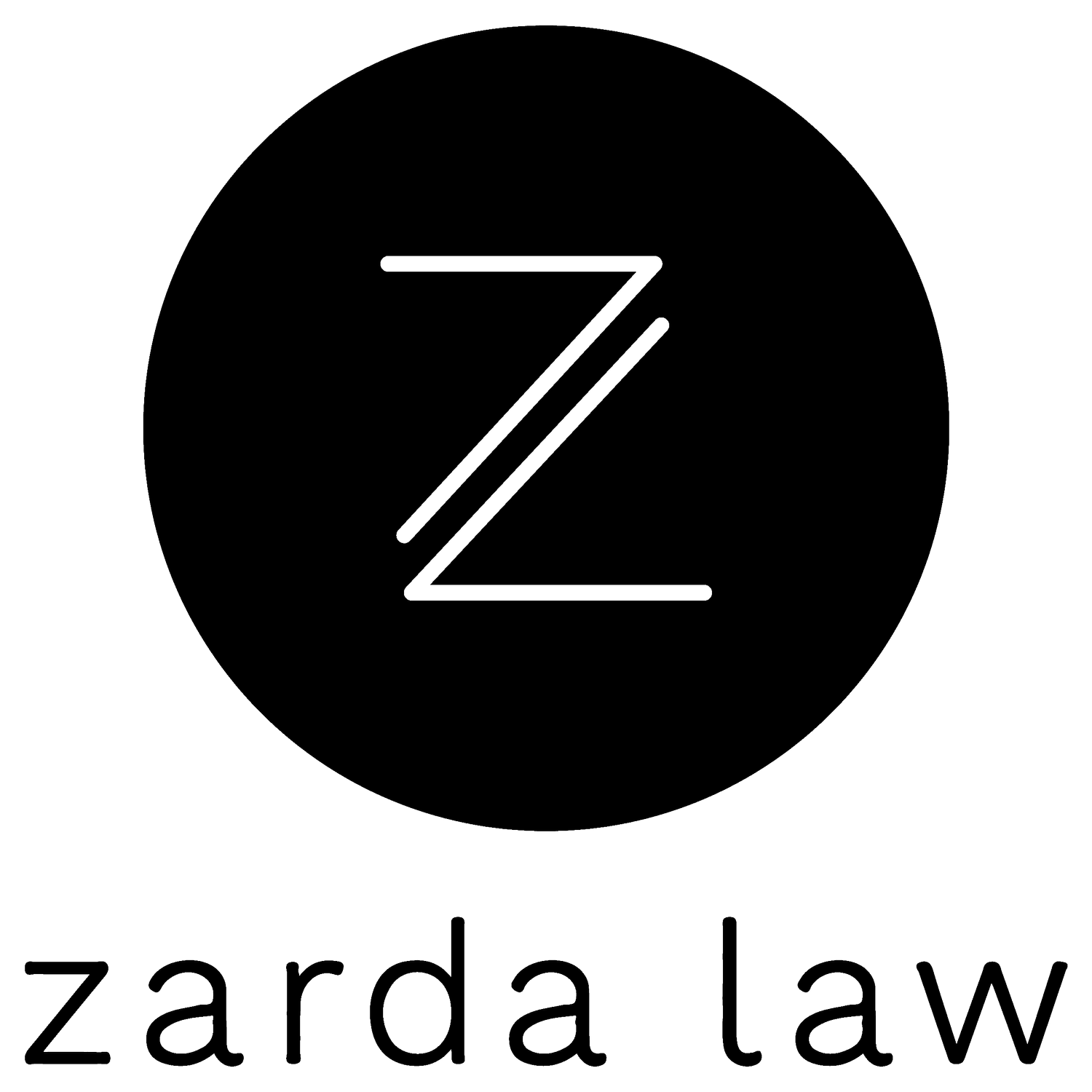How To Pass On Family Heirlooms & Keepsakes Without Causing A Family Feud
When planning your estate, many focus on major assets like real estate, bank accounts, and vehicles. However, these larger items often lack the deep personal significance that smaller possessions, like family heirlooms and keepsakes, hold for your loved ones.
Though they may not carry a high monetary value, these smaller items frequently have the greatest sentimental value. Unfortunately, they are often overlooked in estate planning documents such as wills and trusts. It's crucial not to neglect these items, as their distribution can cause significant conflict and distress among your family members. If not properly addressed, disputes over family heirlooms and keepsakes can lead to long-lasting rifts.
Heirlooms & Keepsakes: Small Items, Big Meaning
Heirlooms and keepsakes both carry sentimental value, but they differ in how they are passed down.
Heirlooms are passed through generations, often with specific traditions. For instance, the eldest daughter might inherit a grandmother’s wedding ring.
Keepsakes are items held for sentimental reasons and might only be passed down once. For example, a family photo album could be considered a keepsake. Over time, if a keepsake is passed down multiple times, it may become a family heirloom.
Common examples of heirlooms and keepsakes include:
Jewelry
Photographs
Books
Art
Musical instruments
Furniture
Clothing
Family Bibles
Recipes
Family documents (birth certificates, baptism records, etc.)
Collections (sports memorabilia, coins, stamps, etc.)
Challenges of Distributing Heirlooms & Keepsakes
In legal terms, heirlooms and keepsakes are "non-titled personal property." Without a clear plan for their distribution, conflicts can arise. Disputes over these items can cause significant family strife. In her book, "Who Gets Grandma’s Yellow Pie Plate?" Professor Marlene S. Stum from the University of Minnesota highlights the challenges non-titled property can create among family members. Research shows that disagreements over these items can lead to broken relationships among adult siblings.
To prevent such conflicts, it’s important to carefully include these items in your estate plan. Here are some strategies to consider:
Strategies for Distributing Heirlooms & Keepsakes
Maintaining family harmony should be the primary goal when deciding how to pass on heirlooms and keepsakes. Clear communication with family members about their expectations and feelings regarding these items is essential.
Gifting During Your Lifetime
You can choose to gift certain heirlooms and keepsakes while you are still alive. This allows you to witness the joy your gifts bring and explain the significance of each item. However, be mindful of potential gift tax implications, especially for high-value items.
Include Items in Your Estate Plan Using a Personal Property Memorandum
Incorporate heirlooms and keepsakes into your will or trust using a personal property memorandum. This document, referenced in your will or trust, lets you specify who receives each item and why. It can be updated without legal assistance, making it a flexible tool for distributing your possessions.
Pass on the Values & Stories Behind the Possessions
Consider making audio recordings to share the stories and significance of your heirlooms and keepsakes. This not only preserves your voice but also strengthens family bonds and helps younger generations develop a strong personal identity.
Creating and Maintaining an Inventory
Ensure that all your assets, including heirlooms and keepsakes, are inventoried and kept up to date. This will help your loved ones locate and understand the value of these items.
Keep the Peace After You Are Gone
To avoid conflicts, include all your assets in your estate plan, particularly those with sentimental value. Proper planning can ensure that these treasured items are passed on according to your wishes, preserving family harmony. Contact us to learn more about how to protect and distribute your family heirlooms and keepsakes effectively.
This article is a service of Zarda Law, S.C. We do not just draft documents; we ensure you make informed decisions about life and death, for yourself and the people you love. That's why we offer a Legacy Planning Session, during which you will get financially organized and make all the best choices for the people you love. You can begin by scheduling a Legacy Planning Session and mention this article to find out how to get this $750 session at no charge.

